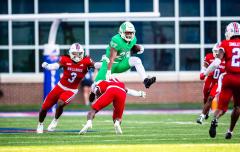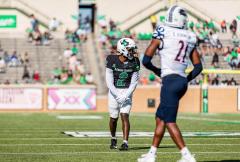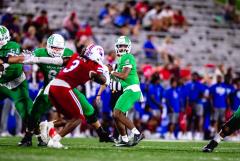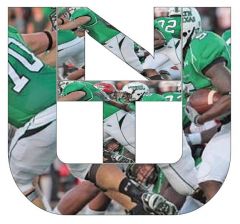Power conferences' increased autonomy could affect C-USA
-
Similar Content
-
****OFFICIAL 2022 C-USA CHAMPIONSHIP IN-GAME DISCUSSION**** 1 2 3 4 23
By Coach Andy Mac,
- unt vs. utsa
- 2022
- (and 4 more)
- 567 replies
- 28,370 views
-
- 9 replies
- 1,066 views
-
- 5 replies
- 741 views
-
-
Who's Online 24 Members, 1 Anonymous, 217 Guests (See full list)
-
Images





















Recommended Posts
Join the conversation
You can post now and register later. If you have an account, sign in now to post with your account.
Note: Your post will require moderator approval before it will be visible.